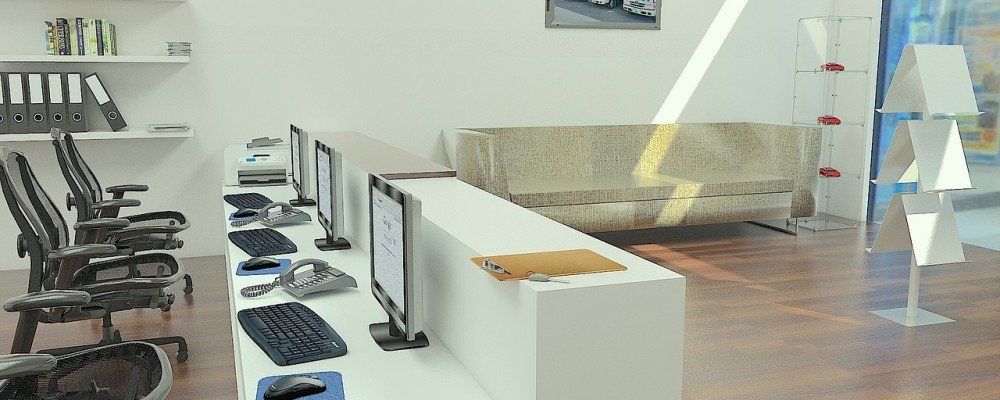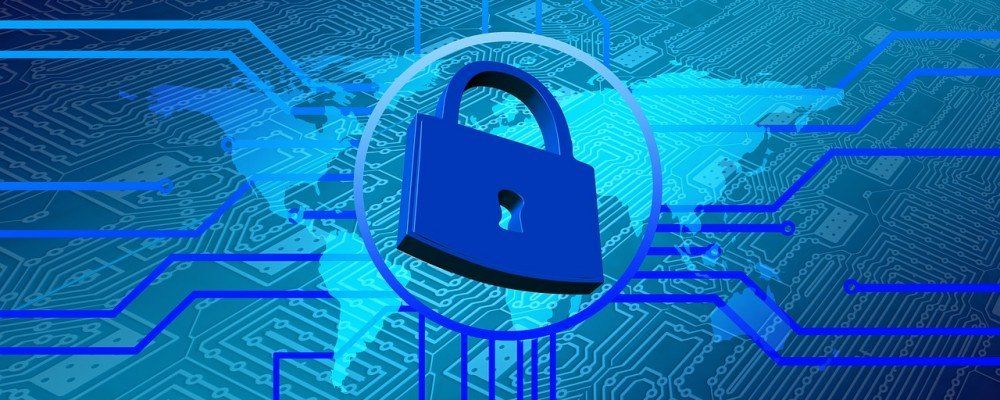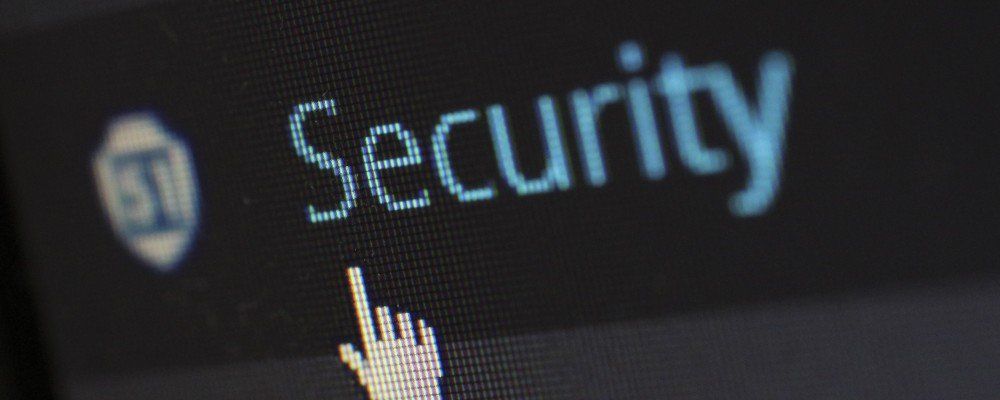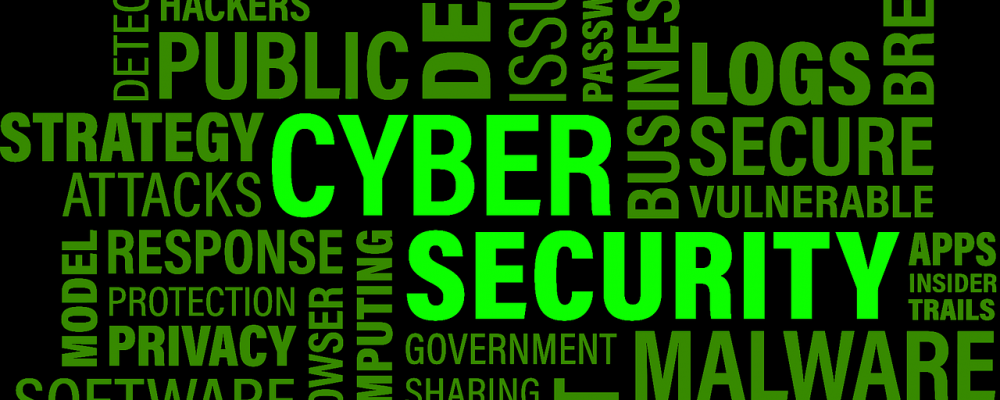Why Maintaining the Workplace Technology is Essential?
- By Keitha Glace
- •
- 04 Feb, 2019
- •
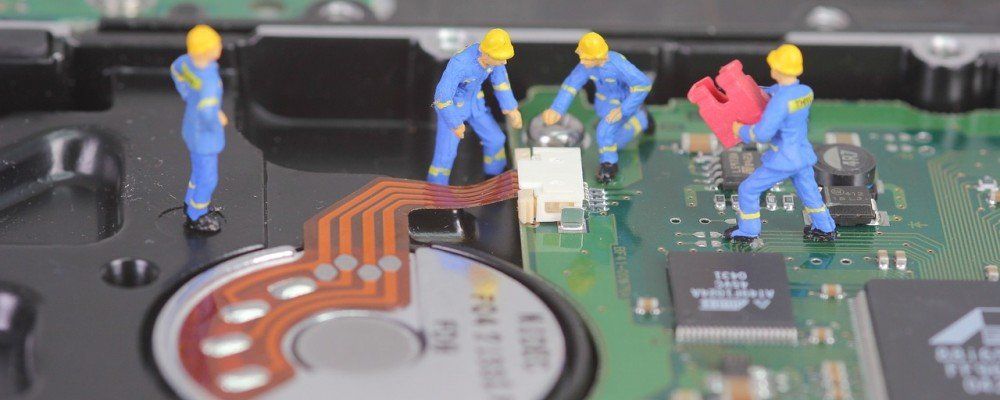
One of the greatest threats to your systems and networks is a false sense of security resulting in the failure to maintain those systems once they are in place. After spending a considerable amount of time and money on new systems and networks, it is essential to maintain them. Failing to do so would be like purchasing a new car, then never doing any maintenance on it, like oil changes. Unlike a car though, failing to maintain your systems and networks has the added danger of making all of your data and your customers’ data vulnerable to malicious hackers. Even if you get the very latest in technology with the strongest security measures, six months from the completion of the implementation, those security measures will no longer be as secure as they were when you installed them.
Why Ongoing Maintenance is Needed?
You know why your car needs maintenance; the oil needs to be changed to keep the components running smoothly, the tires need to be rotated, and regular checkups ensure components are not too worn. This is necessary to ensure that your car continues to run without issues – it is a matter of physical safety.
Maintaining your systems and networks is a matter of securing data. Of course, you don’t need to worry about wear and tear, but you do need to worry about malicious hackers and improvements in technology. Malicious hackers begin looking for vulnerabilities in the latest security measures as soon as they are released. The more time that passes, the more likely vulnerabilities have been identified and are being exploited by those hackers. Technology is also constantly changing. Patches and new releases have additional security updates that fix vulnerabilities and provide the latest security measures.
What Maintenance Is Included?
Maintaining a system isn’t as difficult as it sounds, but like your car, it is best to have a specialist manage it. If you have IT staff, they can maintain it. Maintenance includes a few different tasks:
- Applying patches and upgrading the system with each new release
- Adding new components to the system or network
- Administering network services and email
- Troubleshooting problems
Troubleshooting may not seem like maintenance, but it is. Just like your car can start showing signs of a problem outside of regular maintenance, your system may experience some problems. Sometimes maintenance is about fixing problems, not just about avoiding them.
When people talk about server and network maintenance, it conjuresimages of long hours and difficult tasks that brings a business to a grinding halt. Proper maintenance will occasionally interrupt a business, but when it is done right, it prevents much longer interruptions caused by a breach or degradation of the server. When maintenance is done right, it should not take much time to complete.
Regular Maintenance Takes Minimal Time
Regular maintenance is something that should be done frequently. Patches and updates are usually published regularly, and if you stay current with them (updating your system, server, or network within a day or two of the release of the updates), then the amount of time required to complete the maintenance will usually be almost unnoticeable.
There will be larger releases that will require more time, but they will be few. Typically, the reason that maintenance interrupts regular business operation is that it is not done regularly, and applying the patches and updates will take longer since there will be more of them. If you let these updates accumulate, you will need to plan for outages to get up to date.
Just as you should keep to the regular maintenance schedule on your car, you should keep a regular maintenance schedule for your servers, networks, and systems. They may suffer performance issues if they aren’t kept updated . However, the real problem is how vulnerable these tools become the longer you wait to conduct regular maintenance. Several of the severe security breaches that made recent headlines were caused by companies failing to keep their servers, firewalls, and other security tools current. When you procrastinate on conducting basic and regular maintenance, you are opening your company and clients to unnecessary risks.
Improved Performance
While most maintenance relates to security, some maintenance can actually improve the performance of your systems and networks. The maintenance that improves performance typically will require some down time, but that can be done outside of regular business hours. These kinds of changes should be verified prior to resumption of regular business operation as they can affect other aspects of the system or network. A regular maintenance checklist of things to verify can significantly speed up the process.

